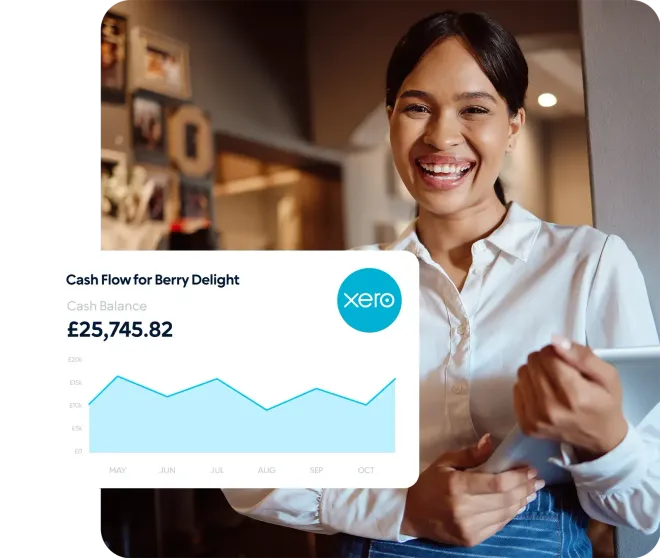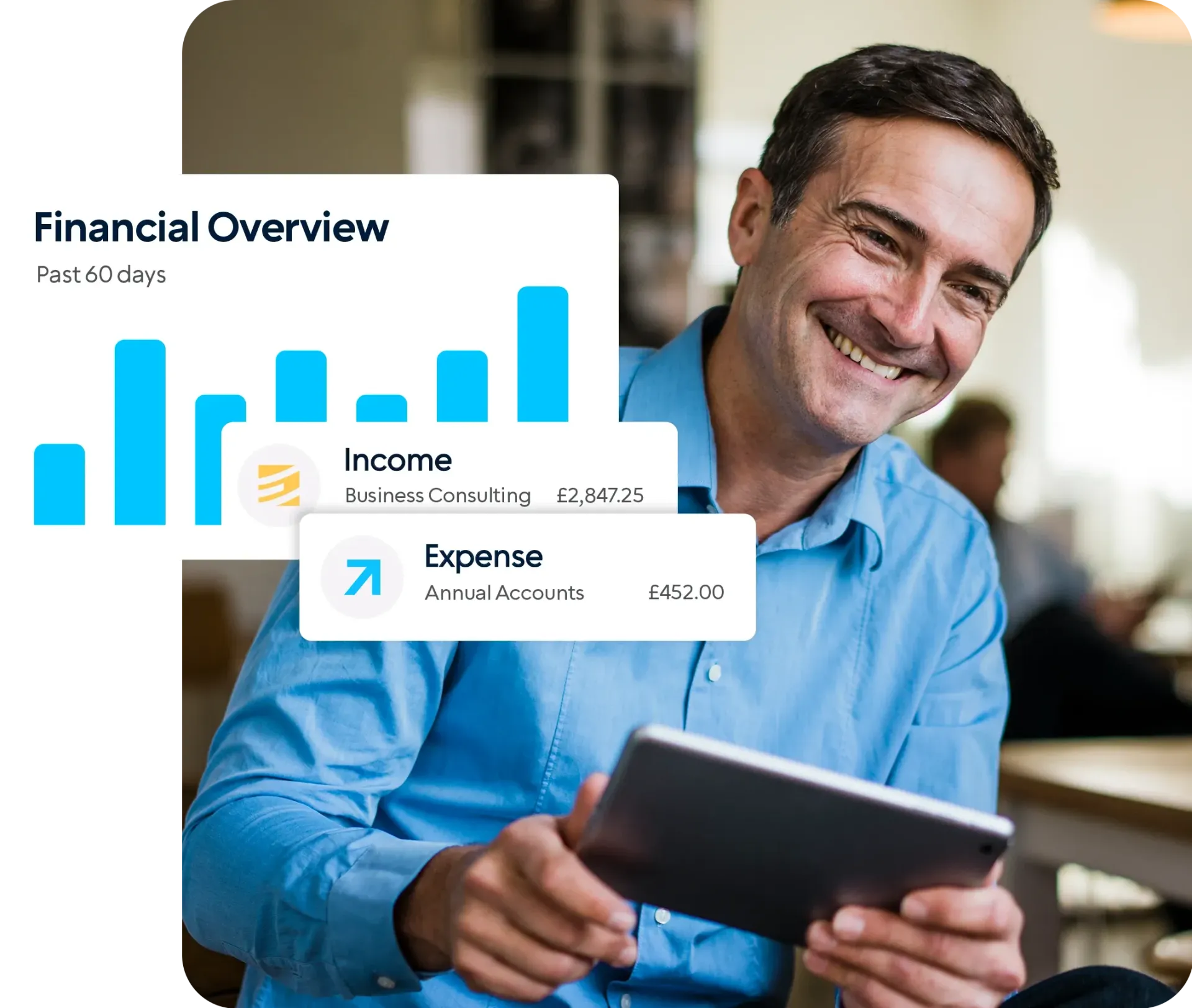By Frances Lythgoe
•
April 16, 2025
It’s not every day we get to share a bit of good news, but here it is: inflation has eased again. According to official figures, prices in March rose at an annual rate of 2.6% – a far cry from the eye-watering 11% peak we all felt in 2022. Petrol prices have dipped, toys are a little cheaper (a win for parents), and food prices haven’t budged much. That’s the headline, at least. But before we all get too cosy, the experts are already raising their eyebrows. They’re calling this the “calm before a storm” – a brief breather before another squeeze hits, especially when it comes to energy prices. And for small businesses across the country, that means a fresh wave of pressure just as we were catching our breath. We’ve seen first-hand how rising costs can quietly chip away at resilience. So here are a few practical, grounded ways we’ve seen businesses cope – and even adapt – as prices rise again. 1. Review your spending – line by line Pull out your latest bank or accounting software statement and go through it with a fine-tooth comb. Look at every regular payment. Cancel anything you don’t actively use – old subscriptions, unused licences, automatic renewals. If something isn’t essential, pause it. You’ll be surprised how quickly this adds up. Tip: Set a reminder to repeat this once a quarter. You’ll always find something. 2. Renegotiate your contracts Don’t assume what you’re paying now is set in stone. Contact your energy supplier, phone and internet provider, and software vendors and ask for a better rate. Mention if you’ve been a loyal customer. If they won’t budge, look elsewhere and compare quotes. Tip: Use comparison tools like Uswitch or Love Energy Savings for utilities. It’s not just for households – business rates are listed too. 3. Switch to energy-efficient equipment If something’s draining power, it’s draining money. Swap old light bulbs for LEDs. Replace tired appliances with energy-efficient ones. Even small changes – like installing draught excluders or motion-sensor lighting – can reduce bills noticeably over time. Tip: Check if your local council offers any grants or schemes to support energy efficiency upgrades – many do. 4. Increase your prices carefully If your costs have risen, you’re allowed to adjust your pricing – especially if you’ve held back for a while. Don’t make huge jumps overnight. Start with a small, considered increase and communicate it clearly to your customers. Most people understand – they’re feeling the pinch too. Tip: Frame it as maintaining quality, not just covering costs. “We’re committed to great service and need to reflect rising supplier prices.” 5. Get a grip on your cash flow Cash flow is what keeps the lights on. Use a simple spreadsheet or free software like Float or Pulse to map out what’s coming in and going out over the next few months. This will help you spot gaps early and avoid nasty surprises. Tip: If cash flow is tight, chase invoices as soon as they’re due. Set up automatic reminders, or pick up the phone – polite persistence works. 6. Check for grants and support schemes Local authorities and business networks often have funding available – from small grants to cover energy costs, to support for digitising your processes. These are often underused simply because people don’t know they exist. Tip: Start by visiting your local council’s business support page or speaking to your local Chamber of Commerce. We can also point you in the right direction. 7. Consider investments that protect against inflation If your business has cash reserves just sitting in the bank, consider putting some of it to work. Think about investing in ways that are likely to outperform inflation – both shares and the property market have historically provided better long-term returns than cash. Tip: Don’t go it alone – speak to an independent financial adviser before making investment decisions. 8. Talk to your accountant before things get tricky If you’re worried about rising costs, cash flow, or funding – don’t wait until it’s urgent. We can help you see the bigger picture, find cost savings you’ve missed, and plan ahead. Even a 30-minute conversation could uncover something useful. Tip: Make it a regular habit, not a last resort. The earlier we know what’s going on, the more options we have. A moment of optimism (yes, really) It’s easy to focus on the doom-and-gloom headlines, but don’t forget – you’ve likely weathered worse already. The fact that you’re still going and still thinking ahead says a lot. At Navigate, we’re not just here to crunch the numbers. We’re here to help you feel a bit more in control when things feel unpredictable. If you want to talk things through, we’re always up for a chat. Call us on 01709 589 439 or book a call with our team .












